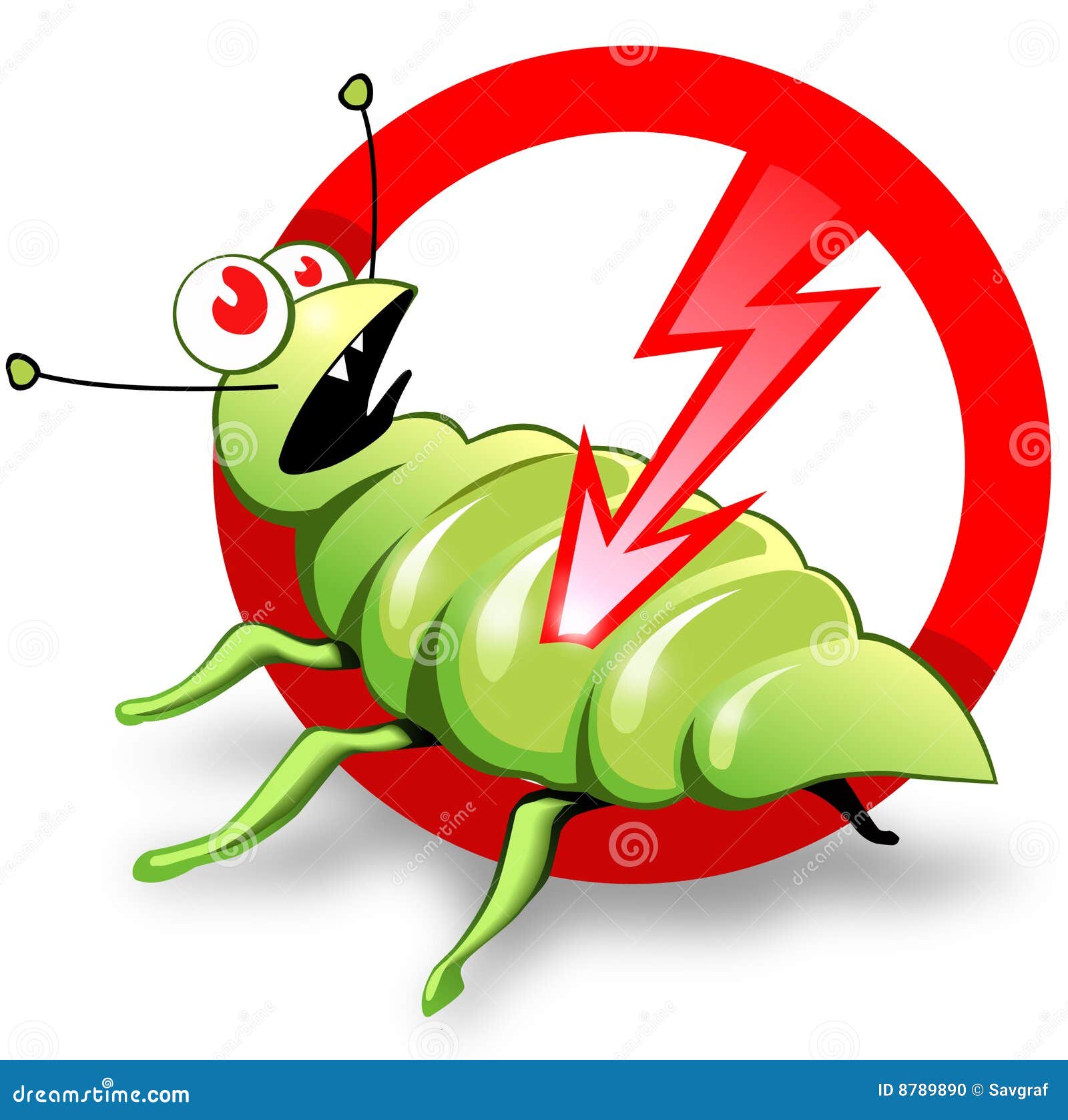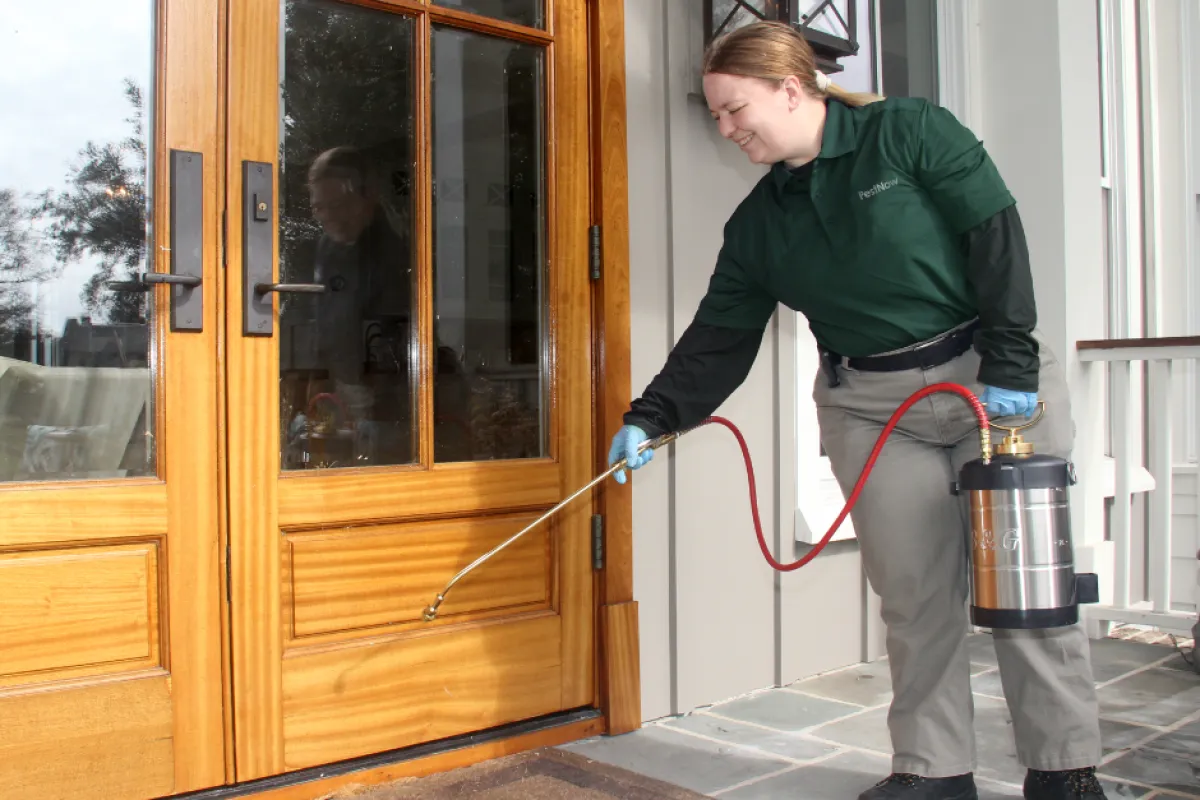Eco-Friendly Insect Control Approaches for Taking Care Of Wildlife in Urban Areas
Urban areas typically discover themselves at the intersection of human activity and wild animals, leading to special difficulties in insect management. These strategies not just shield the atmosphere however also boost neighborhood interaction in wildlife management. As urban populaces proceed to grow, recognizing the characteristics of wildlife communications ends up being progressively essential.
Recognizing Urban Wild Animals Dynamics
Recognizing Urban Wildlife Characteristics is crucial for establishing effective and green bug control techniques. Urban locations are progressively coming to be habitats for various wildlife varieties, driven by aspects such as habitat fragmentation, food accessibility, and human encroachment. Acknowledging these dynamics enables for a nuanced approach to pest administration that aligns with ecological principles.
Urban wild animals frequently consists of species such as raccoons, squirrels, and birds, which adapt to city settings, finding particular niches in green areas, parks, and also suburbs. Their presence can cause problems with humans, especially when they manipulate personnels for food and shelter. Recognizing the behaviors and environmental functions of these varieties informs techniques that decrease negative interactions while promoting biodiversity.
Moreover, recognizing the interdependencies within urban environments helps in identifying vital locations for environment preservation and remediation. This understanding adds to the growth of incorporated parasite management (IPM) strategies that think about the ecological balance, consequently decreasing dependence on hazardous chemicals. By cultivating coexistence in between humans and city wild animals, cities can produce much healthier settings that profit both homeowners and neighborhood ecosystems, paving the way for sustainable urban living.
All-natural Repellents and Deterrents
All-natural repellents and deterrents supply a lasting choice to traditional bug control techniques by taking advantage of the power of nature to maintain unwanted types at bay. These environmentally friendly services usually utilize plant-based ingredients, essential oils, and other normally happening compounds that deter pests without damaging the atmosphere.
One efficient natural repellent is peppermint oil, which is recognized to drive away rats and insects. Its solid fragrance is unpleasant to many parasites, making it a prominent choice for urban setups. Vinegar and citrus peels can offer as deterrents, as their solid odors are commonly unattractive to various wild animals.
Additionally, diatomaceous planet is a natural powder that can be spread out in areas vulnerable to bug activity, successfully dehydrating and hindering bugs without posing dangers to non-target species. Garlic sprays and neem oil are identified for their ability to push back a wide variety of pests, including both pests and larger wildlife.
Applying these natural repellents not only minimizes dependence on chemical pesticides yet additionally advertises a healthier city ecological community, fostering a much more well balanced coexistence between people and wild animals. By utilizing these methods, city locations can efficiently handle parasite populaces while reducing environmental effect.
Environment Modification Methods
Efficient environment alteration techniques play an important duty in lasting parasite management by altering the atmosphere to make it less for pest invasions. By recognizing the eco-friendly characteristics of city locations, home proprietors can carry out critical alterations that discourage insects while advertising biodiversity.
(Gopher Control)One key technique entails preserving correct cleanliness. This consists of regular waste removal, safeguarding trash bins, and getting rid of standing water to reduce breeding websites for insects and rodents. Furthermore, landscape design practices such as choosing indigenous plants can enhance ecological equilibrium, giving environments for advantageous organisms while lessening sources for parasites.
Another important strategy is to secure entrance points in buildings. Inspecting and fixing splits in structures, walls, and windows can dramatically lower bug access. Developing physical barriers, such as fences or plant barriers, can prevent wildlife activity into human-inhabited areas.
Integrated Parasite Administration Practices
Building upon habitat alteration methods, incorporated parasite administration (IPM) techniques supply an alternative strategy to managing parasite populations while decreasing ecological impact. IPM integrates numerous approaches, including biological, social, mechanical, and chemical controls, to accomplish effective parasite management.
Organic control involves the introduction of all-natural predators or bloodsuckers to reduce bug populaces. Cultural practices, such as plant turning and sanitation, interfere with pest life cycles and reduce their environments - Pest Control. Mechanical controls, like catches and obstacles, offer prompt remedy for bug stress without chemical intervention
Chemical controls are used as a last option, focusing on targeted applications that limit injury to non-target species and the environment. The choice of eco-friendly pesticides, when needed, is integral to the IPM framework. In addition, keeping track of bug populaces and assessing potential damage assists educate decision-making, guaranteeing that interventions are timely and effective.
Community Involvement and Education

(Ant control Port Charlotte)Workshops and informative sessions can furnish citizens with expertise about native types, environment conservation, and effective safe bug administration methods. Collaboration with institutions, regional companies, and federal government firms further improves instructional outreach, ensuring that vital details gets to varied target markets.
In addition, community-led initiatives, such as neighborhood clean-up days and habitat restoration projects, not only promote biodiversity but also strengthen community connections. Pest Control. By encouraging residents to share their experiences and observations, communities can develop targeted strategies that deal with particular local insect issues
Incorporating feedback from homeowners right into bug administration prepares enables a more responsive and flexible approach to wild animals obstacles. Inevitably, notified and engaged communities are key to achieving lasting success in eco-friendly parasite control, bring about much healthier urban settings that value both human and environmental requirements.

Verdict
In final thought, environmentally friendly bug control comes close to offer lasting solutions for handling city wildlife. By focusing on habitat adjustment, utilizing natural repellents, and implementing integrated pest administration techniques, neighborhoods he said can cultivate a harmonious conjunction with neighborhood fauna. Moreover, engaging homeowners with education improves recognition and urges responsible wild animals communications. Eventually, these approaches not just protect biodiversity however likewise advertise ecological health, making certain urban areas stay lively ecosystems where people and wild animals grow together.